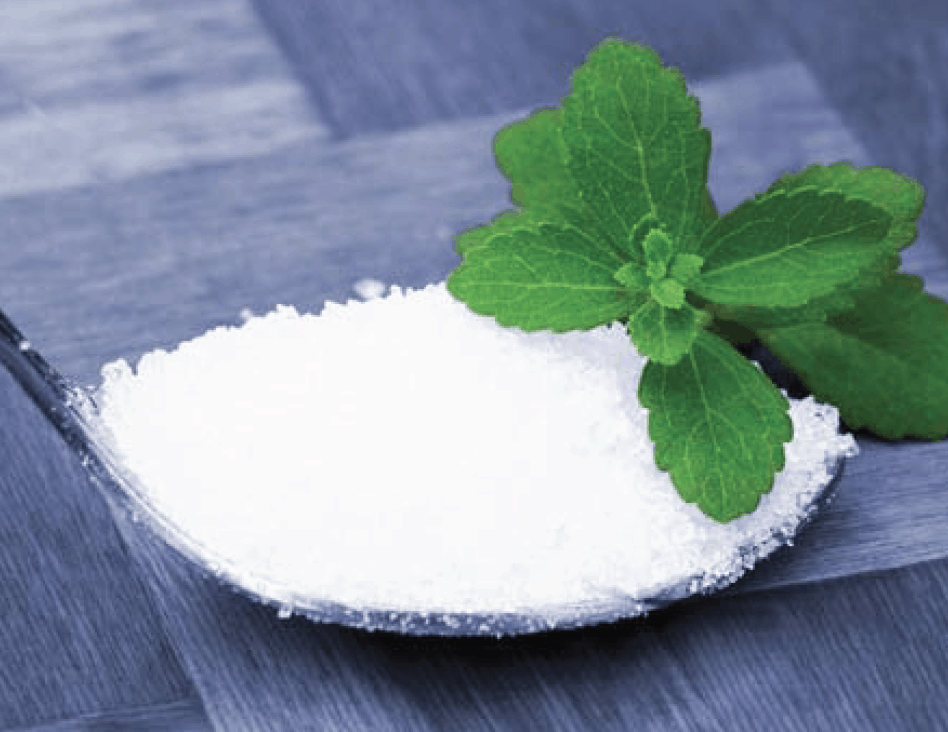
More and more beverages are sweetened with a combination of sugar and Stevia for reasons of healthy calorie reduction. DMA M and SDA M easily cope.
Not only products like chocolate, ice cream, jams and cakes contain saccharose, commonly referred to as sugar, but also many convenience food products and beverages. Especially soft drinks represent a large source of ‘hidden’ sugar. Nowadays consumers tend to prefer soft drinks with less sugar. It is not only the calorie intake linked to obesity, but also a health concern that causes consumers to decide on sugar-reduced drinks.
Overweight and obesity are reported to lead to adverse effects on blood pressure, cholesterol, and they increase risks of coronary heart disease and type 2 diabetes mellitus. The World Health Organization (WHO) therefore recently reduced the recommended daily intake to a dose below 25 grams of sugar, which corresponds to approximately six teaspoons per day for adults and for children only half of this amount.
A regular soft drink contains 8 to 10g of sugar in 100 mL, so an average can might already exceed the recommended maximum daily sugar intake.
As the sweetening power of stevia exceeds the sweetness of saccharose by far, the amount of sweetener in soft drinks is much lower, thus the calorie intake almost negligible. On top of that, sweeteners do not promote caries. So why not replace the entire sugar content in soft drinks with sweeteners?










Radio wave weapon knocks out drone swarms
Probably. A radio-controlled drone cannot be completely shielded to RF, else you´d lose the ability to control it. The fibre optical cable removes...